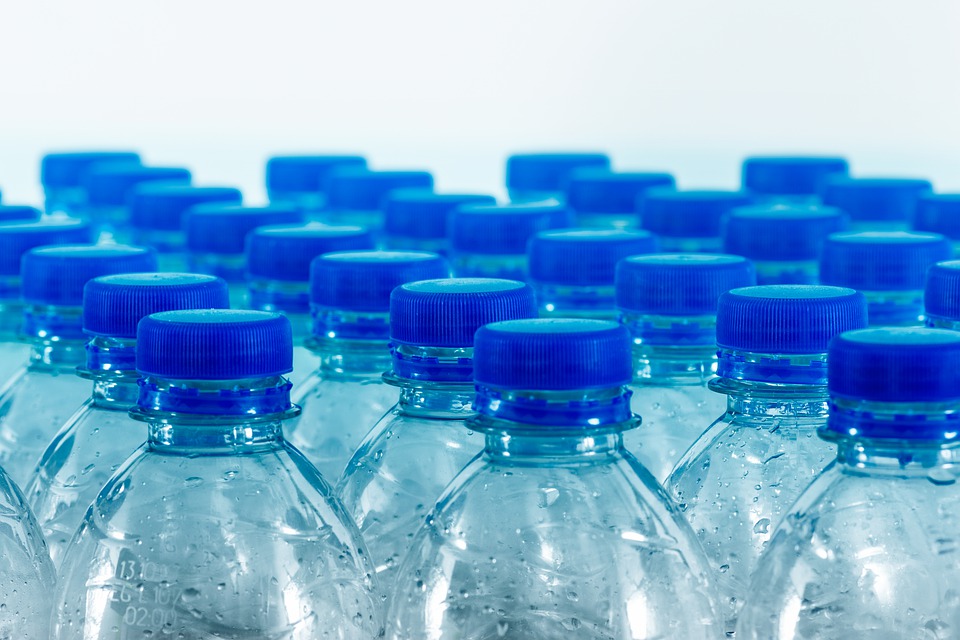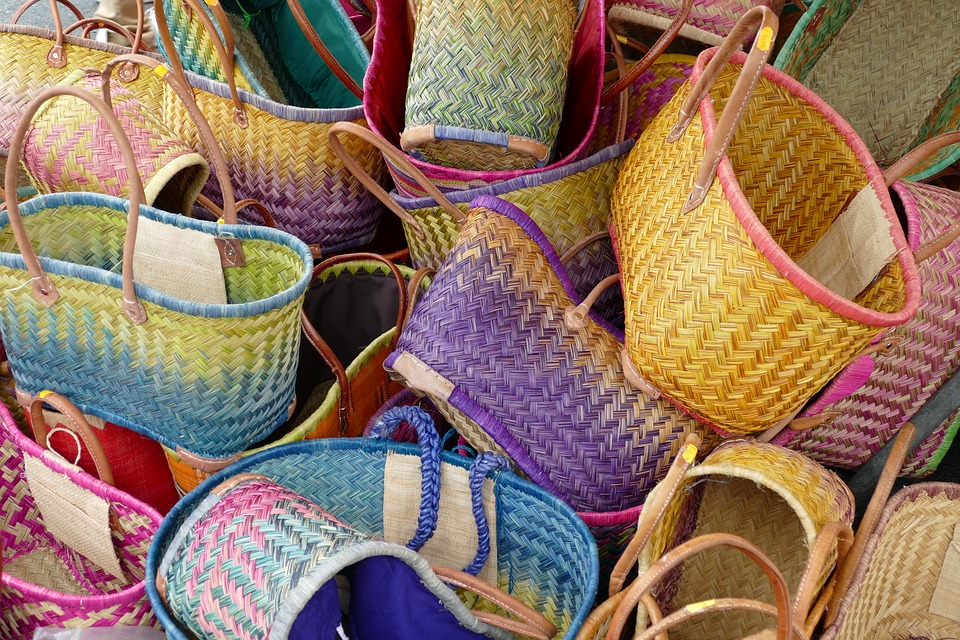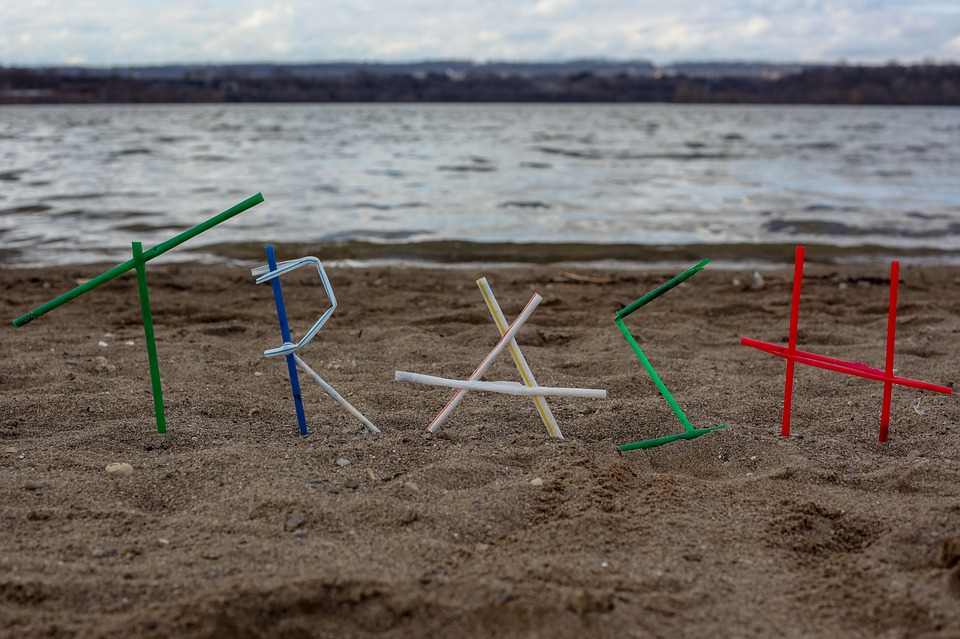Traveling Green in India Posted by Rachael on Jul 6, 2019 in Hindi Language
For many people, traveling (सफ़र करना/safar karnaa or यात्रा करना/yaatraa karnaa) often and extensively is a lifelong aspiration and perhaps even hobby (शौक/shauk), as traveling can be challenging, exciting and potentially life-altering. With all of these positive aspects of traveling, it’s easy to forget that our actions as travelers (यात्री/yaatri) and tourists (पर्यटक/paryatak) may negatively affect those who live in a place permanently. While tourism (पर्यटन/paryatan) is vital to many local economies, it’s still important to realize that we, as visitors, would do well to be respectful of the people and environments with which we come in contact. Many tourists unintentionally leave an environment worse off than before they visited it, but there are simple steps you can take to avoid this negative effect. The following are some tips to remember when traveling in India that will enable you to maintain and perhaps even improve the environment.
Plastic Bottles
Although it’s tempting to buy bottled water wherever you go in India, as untreated tap water (पानी/paani) is not safe to drink or use for most purposes, most hotels, homes and restaurants are equipped with high-powered water filters. Bringing a reusable bottle with you wherever you go is a great way to cut down on your use of plastic bottles in India. If you ask permission to use the hotel’s or a restaurant’s filter to refill your water bottle, for example, you’ll be doing the environment (वातावरण/vaataavaran) a huge favor. Some Indian companies make excellent reusable steel water bottles that keep beverages cold or hot if you forget to bring yours along. You may even consider a reusable water bottle with a built-in filter that you can refill from almost any tap. If you’d like to buy a reusable water bottle in India, you can find them at any grocery or superstore or you could buy from a small steel utensils and cookware shop. If you decide on the latter option, remember to ask for a “flask,” as it’s known in Indian English, rather than a bottle. If you’ll be living in India for an extended period, I would recommend buying a clay pot or “matka” (मटका) for storing filtered water. They are handcrafted and beautiful with the added benefit of naturally keeping water cool without the need for refrigeration.
Shopping Bags
Fortunately, the usage of disposable (कचरा/kachraa=trash) plastic in India is quite low and, even in large grocery stores or superstores, you’ll find that oftentimes cloth bags (कपड़े के थैले/kapare ke thaile) are used to bag groceries rather than the flimsy plastic bags we see so often in the United States. To make things a bit easier on yourself and to avoid wasting too many cloth bags (थैला/thailaa=large bag or थैली/thaili=small bag), consider bringing along enough cloth or otherwise reusable shopping bags in your luggage (सामान/saamaan) in case you find yourself in need of a few groceries during your stay.
Toilet Paper
Although some people in India do use toilet paper (टॉयलेट पेपर), toilet paper is in fact not traditionally used by most people. Although it can be difficult to do so, you should try to adapt to the practices (प्रथा/prathaa=practice, sing or प्रथाएँ/prathaae=practices, plural) of the local people (स्थानीय लोग/sthaaniya log) as much as possible to avoid overtaxing India’s plumbing system with toilet paper it was not built to handle. Instead of using toilet paper as you would back home, you could consider tapering down your use of it and/or adopting the water-based approach often used by locals. You’ll sometimes see water jets on toilets in India (like a bidet) or, more often, a small water hose with a spray nozzle on the wall beside the toilet, sometimes accompanied by a small, plastic container of water to clean (साफ़ करना/saaf karnaa) yourself.
Baths vs. Showers
This tip goes along with the general refrain of this blog: “do as the locals do.” If local people are doing things a certain way, it’s usually for a good reason (वजह/vajah) and is highly adapted to the particular environment in which they live. Instead of taking showers everyday, consider a “bucket bath” instead, which is the method used by most Indians to bathe themselves. In most Indian bathrooms, you’ll find a large bucket (बाल्टी/baalti) (which can also be used for washing your own clothes) and a smaller container for pouring water. By filling up the large bucket with a fixed amount of water and then using the small container to pour it over yourself, you are controlling the amount of water you use in a single “shower,” which is especially important in drier areas with less water supply, such as Rajasthan. You may even find that you enjoy this method of bathing (नहाना/nahaanaa=to bathe) more than a traditional shower.
Almost Anything can be Reusable
In addition to the above suggestions (सुझाव/sujhaav), consider bringing reusable bottles for your toiletries that can simply be refilled when needed. This will certainly cut down on the amount of product-related waste you generate. Another idea (विचार/vichaar) is to bring a few tupperware containers with you in your luggage for when you are setting out on a day trip, for example, and need to pack a lunch. You’ll find that tupperware containers are far more durable and convenient than flimsy plastic sandwich bags. A final idea is to ask your server not to bring you a plastic straw or plastic cutlery if that is standard (सामान्य/saamaanya) or expected in the restaurant or cafe at which you’ve chosen to eat. Plastic straws are often unnecessary, anyway, and reusable cutlery is always preferable to plastic cutlery as it can be washed and reused by the next customer.

Build vocabulary, practice pronunciation, and more with Transparent Language Online. Available anytime, anywhere, on any device.








